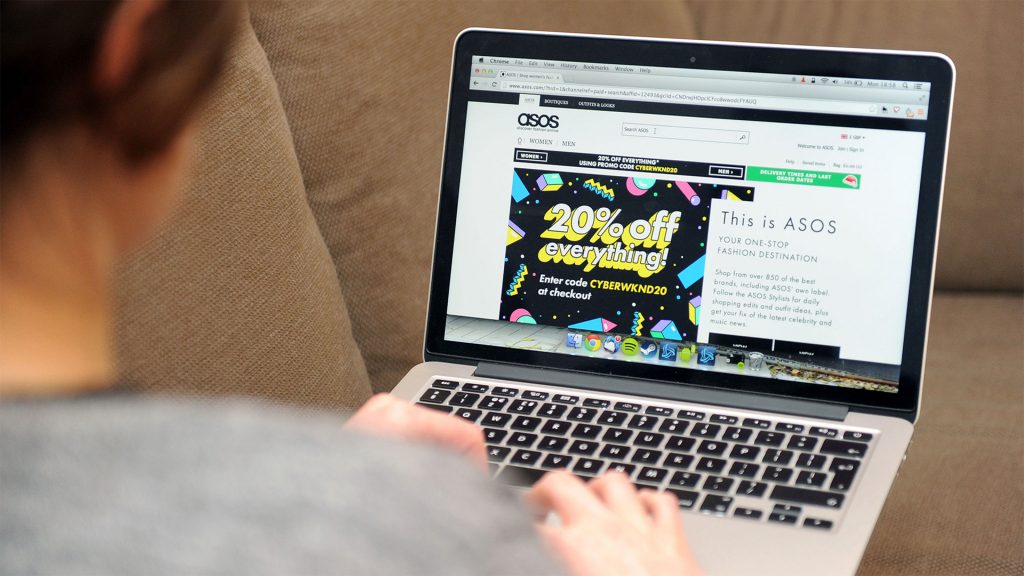Key Takeaway
Many old stalwarts of the high street are gone. With data-focussed companies like ASOS upping the ante, the ones that remain will have to adapt to advances in tech to compete with their agile counterparts.
Remember when Tesla overtook General Motors as the world’s most valuable car manufacturer? The car world’s ‘new order’ had arrived, and everyone felt the shockwaves as it took over an old bastion of the industry. Now in the retail space, ASOS has surpassed Marks & Spencer in market valuation. It’s being called “the high-street’s ‘Tesla moment”.
ASOS vs Marks & Spencers
Whilst occupying a similar retail space, ASOS and M&S couldn’t be more dissimilar. ASOS is a mere 17 years old, whilst M&S is about to enter it’s 133th year on the high street. ASOS aims for fast fashion, occupying no brick & mortar space,offering free and easy returns with around 5,000 new items added to their store every week (around 85,000 in total). Its market is millennial, digitally savvy, and they know what they want.
Decidedly more traditional, M&S own large retail spaces and offer a wide variety of products – food, home, etc. The clothing vertical has struggled over the years to kick its ‘old-fashioned’ reputation. In 2016 clothes sales suffered the biggest fall in 10 years.
In an effort to remain relevant with a younger audience, they brought in model-led campaigns for an attempt at a fresh, younger image: David Gandy (a former Dolce and Gabbana model) is the face of M&S menswear and model Rosie Huntington-Whiteley (former Victoria’s Secret ‘Angel’) for women’s lingerie. Whilst this has helped (Rosie Huntington-Whiteley’s line alone has sold 11 million items of clothing), it’s clear other retailers are catching up, and surpassing, the old-fashioned behemoth.
ASOS by the numbers
Are data and digital the key difference?
There is one glaringly obvious difference between M&S and its market usurper: digital. ASOS’s product offering is driven by data, and it prides itself on its purely digital operation – it’s this intricate understanding of the minutiae of consumer preferences that has allowed it to grow to such a monumental global presence, while cycling through thousands of products on a daily basis.

ASOS continues to innovate, pushing ahead of other digital retailers. Their app (built in house) has secured 10 million downloads and incorporates the latest AI and data techniques to personalise and match shoppers to their ideal purchases.
58% of Asos customers buy on mobile, and 80% of traffic on the website is from mobile. The brand isn’t just offering ‘an online shop’; they are moving with their customers’ browsing habits from the desktop to mobile, and optimizing every moment of the experience.
They recently released a visual search function, allowing customers to upload or take a photo of something they like and either finding the exact item on ASOS, or a number of similar options. The sheer amount of data they have available, and their sophisticated implementation of mining technology, has allowed them to continually optimize and offer aa highly personalised, defined experience for their customers.
The incumbent strategy
In November 2017, M&S CEO Steve Rowe stated: “We want data analysis to become the glue that sits above our business units and underpins the brand,” referring to their Sparks loyalty card, which has around 7 million users.
However, currently their online shopping offering consists of a simple website, with in-store pick-up and delivery options. It’s a far cry from Rowe’s plan to become a digitally-led business and to “enable more rapid growth online and help…match increasingly fast competitor fulfillment rates.”
Whilst they are making definite moves towards this future, including closing a number of physical stores and reducing their range, announcing such a move at the end of 2017 seems too little too late. With competitors like ASOS snapping at their heels, their attempts to move digital could prove a major challenge, and certainly an expensive and lengthy process. It will require a complete understanding of their data set and the AI used to mine it, from the top down, if they ever hope to compete.

This is particularly true with M&S facing other issues: rise in rent spaces (M&S failed to sign a new lease on its large Covent Garden store), an aging customer base and flagging sales in their once dependable food offering.
As Laith Khalaf, senior analyst at Hargreaves Lansdown said after the company’s recent update, “the prioritisation of online sales can only be seen as a pretty late arrival at the party.”
The future of the highstreet
M&S has tried to make itself synonymous with quality and trust, to be a name that people have recognised for 133 years. They have remained heavily tied to physical stores, with slow product turnover and a lack of innovation in their online shopping offers. This puts them at odds with a world in which innovation and fast shopping habits have become the norm. The death of the department store (and other traditional retailers) can be traced back to a key difference between millennial’s shopping habits and those of their parents.
“They want things they’ll like, now - and they want to enjoy every part of the experience. Despite what many think, today’s retail battle isn’t about online vs brick and mortar purchases. What differs is millennials’ demand for a ‘seamless experience...being able to transition effortlessly from smartphone to personal computer to physical store.”
Whilst ASOS is online and M&S is brick and mortar, the brands differ immensely in terms of data-savviness, digital integration and a deep understanding of consumer preferences. Will M&S incorporate real time data analysis in time to catch up, or might they find themselves facing the same fate as brands like Kodak and Blackberry?

